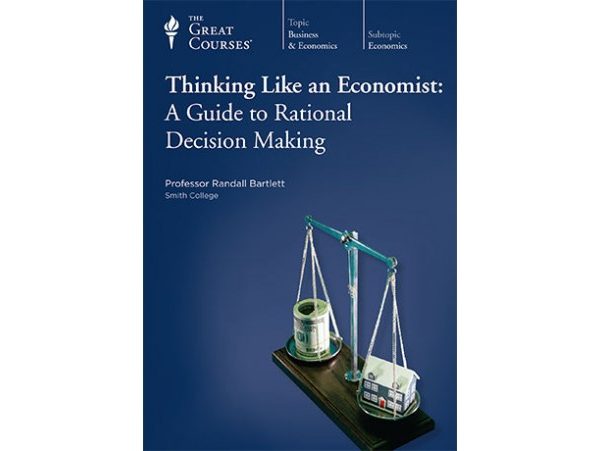Language: English | Size: 4.52 GB | Duration: 11h 8m
What you’ll learn
Core managerial accounting concepts and objectives
Time value of money
Present value of a single amount and annuity
Future value of a single amount and annuity
Capital budgeting including decision making techniques for decision with large dollar amount that affect multiple time periods.
How to calculate and apply the payback period to capital budgeting decisions
How to apply the accounting rate of return calculation to capital budgeting decisions
How to use net present value (NPV) calculations to make long term decisions considering time value of money
How to use internal rate of return (IRR) calculations to make long term decisions considering time value of money
How to use internal break-even time calculations to make long term decisions considering time value of money
Requirements
Understanding of basic accounting terms
Description
Time value of money and capital budgeting decision is an excellent course for anybody who needs to consider longer-term decisions that require us to understand the time value of money. We will learn the time value of money concepts like present value and future value using multiple methods, including formulas, tables, and Excel functions. We will format the data in many ways and have many examples using Excel to calculate present value.
The course will review core managerial accounting concepts and objectives so that we get into a managerial accounting mindset as opposed to a financial accounting mindset.
We will describe, calculate, and apply the time value of money concepts. Time value of money is a core concept useful to both business and personal decisions and capital budgeting decisions, decisions of larger dollar amounts that affect multiple periods, provide great tools and scenarios for learning the time value of money concept.
The course will explain the present value of a single amount and present value of an annuity, describing multiple ways they can be calculated including formulas, tables, and Excel functions.
We will discuss the future value of a single amount and future value of an annuity, explaining multiple ways they can be calculated including formulas, tables, and Excel functions.
The course will apply time value of money and other decision-making tools to capital budgeting decisions. Capital budgeting decisions are generally larger dollar amount decisions that affect multiple periods into the future and therefore, often require us to consider the time value of money. We will run multiple scenarios of capital budgeting decisions what are great tools to learn the concept of the time value of money.
We will cover how to calculate and apply the payback period to capital budgeting decisions, the payback period being the time period at which or initial investment will be returned.
The course will discuss how to apply the accounting rate of return calculation to capital budgeting decisions.
We will describe how to use net present value (NPV) calculations to make long term decisions considering the time value of money. The net present value calculation is the primary tool we use that does take into consideration the time value of money with regards to capital budgeting decision making, and therefore we will have many examples of the NPV calculation.
The course will explain how to use the internal rate of return (IRR) calculations to make long term decisions considering the time value of money. The internal rate of return is another core concept related to capital budgeting decisions and is related to the NPV. We will compare the IRR and the NPV in detail.
We will analyze how to use internal break-even time (BET) calculations to make long term decisions considering the time value of money.
Who this course is for:
Accounting students
Business owners & professionals
Anyone who whats to learn accounting











Reviews
There are no reviews yet.